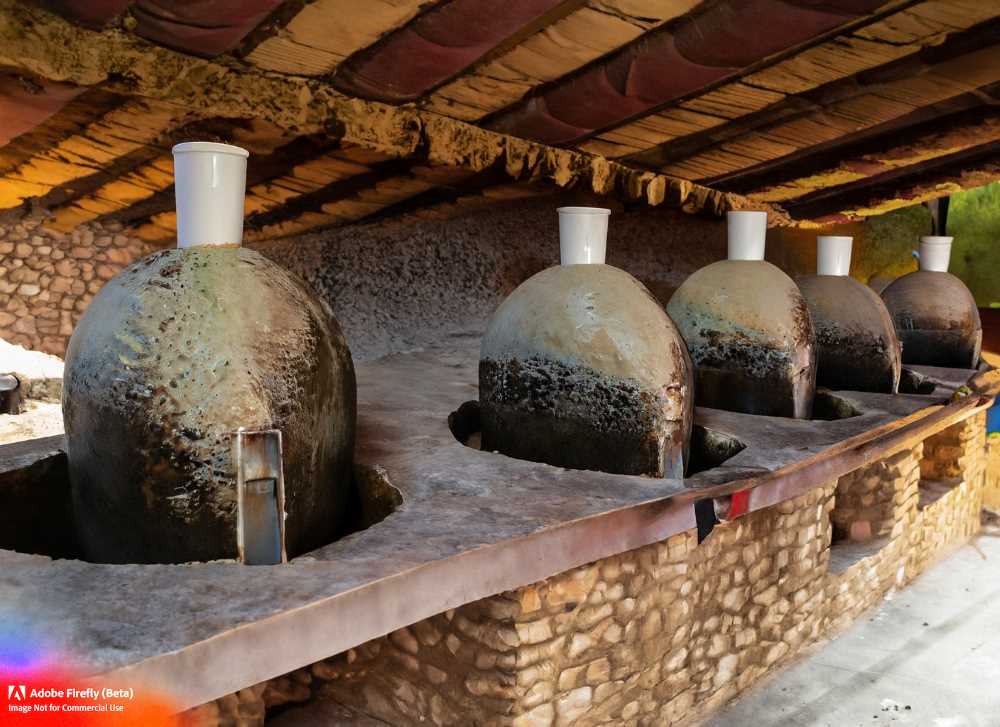Mexico's World-Class Spirits: A Guide to Tequila, Mezcal, and More
Discover Mexico's world-class spirits! From tequila to mezcal and more, learn about the history, production, and unique characteristics of these iconic drinks. Pair them with delicious Mexican cuisine for the ultimate taste experience.





